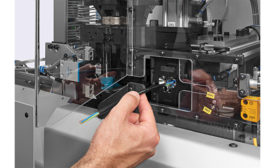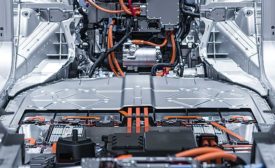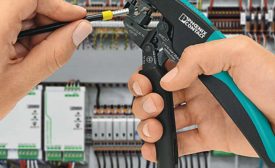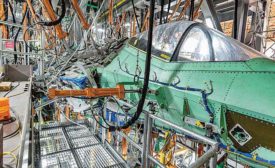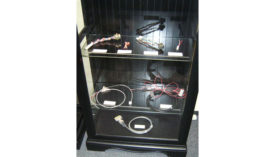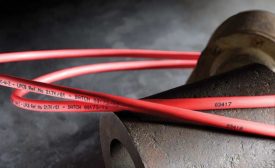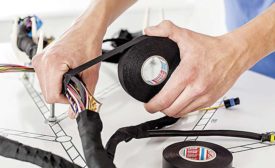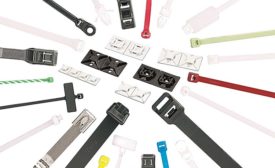Wire Processing Assembly
How Well Do You Know Your Crimping Process?
Engineers need objective evidence to determine if their equipment and operators are producing quality terminations
July 22, 2019
Processing Thick Cables
Special equipment is needed to cut, strip and terminate large-diameter wire and cable
July 19, 2019
Handheld Wire Crimping Tools
Automatic crimping systems may get the glamour, but handheld tools are the perfect choice when the project involves small to medium wire, limited production runs or tight working spaces
July 17, 2019
Case Studies in Wire Harness Assembly
These success stories highlight the need to use the latest wire processing technology on the shop floor
April 17, 2019
Designing Aircraft Wire Harnesses 101
Engineers have many things to consider when designing wire harnesses for military aircraft.
April 17, 2019
Ink-Jets for Marking Wire
Ink-jet printers are a fast, flexible technology for marking wire
January 16, 2019
Tape for Wire Harnesses
Tapes are a cost-effective method for protecting and bundling wire harnesses
January 15, 2019
Never miss the latest news and trends driving the manufacturing industry
Stay in the know on the latest assembly trends.
JOIN TODAY!Copyright ©2024. All Rights Reserved BNP Media.
Design, CMS, Hosting & Web Development :: ePublishing

